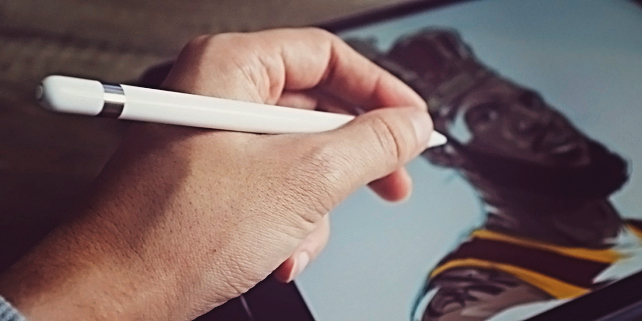The Patent Office’s new guidance on what is and is not eligible for patent protection has been severely undercut by the Court of Appeals for the Federal Circuit––the preeminent authority on most issues patent related. Over the past few months, the USPTO has signaled that it is taking a more reasonable approach in determining whether or not an invention could be patented.Since the Supreme Court’s 2014 decision in Alice v. CLS Bank and 2012 decision in Mayo v. Prometheus, the ability to obtain a patent on software and other biological and biotech inventions has been very limited. To counteract this dramatic change, Director Iancu of the USPTO has made it clear that the Patent Office will be taking steps to rein in Alice. Guidelines instituted by the USPTO a couple of months ago were viewed as a great step in that direction.
Last week, the Federal Circuit invalidated two patents on testing for cardiovascular disease in Cleveland Clinic v. True Health Diagnostics. In doing so, the court stated that “while we greatly respect the PTO’s expertise on all matters relating to patentability, including patent eligibility, we are not bound by its guidance.”
Just a few days before deciding Cleveland Clinic, the Federal Circuit found claims ineligible using the Mayo/Alice analysis. The Federal Circuit’s decision in this case embodied what many find to be most problematic. The court threw away all of the physical elements that were claimed to make up the invention and instead focused on what the invention involved—the “abstract idea of communicating requests to a remote server and receiving communications from that server, i.e., communication over a network.”
This conflict in interpretation may mean that the new guidelines actually made things worse for inventors seeking patent protection. In essence, this means that under the USPTO’s guidelines a patent could be granted to an inventor. When that inventor goes to enforce that patent against an infringer, however, the court could find that invention was never entitled to patent protection.
There is still a ray of hope. Congress is looking into legislation to address the issues looming over patent eligibility. Absent legislation, the Supreme Court would need to step back in and clean up the mess that its Alice and Mayo decisions created. This latter option may be possible as a request for Supreme Court review has been made in the case of InvestPic, LLC v. SAP America, which is a test case to take on the current 101 landscape.




